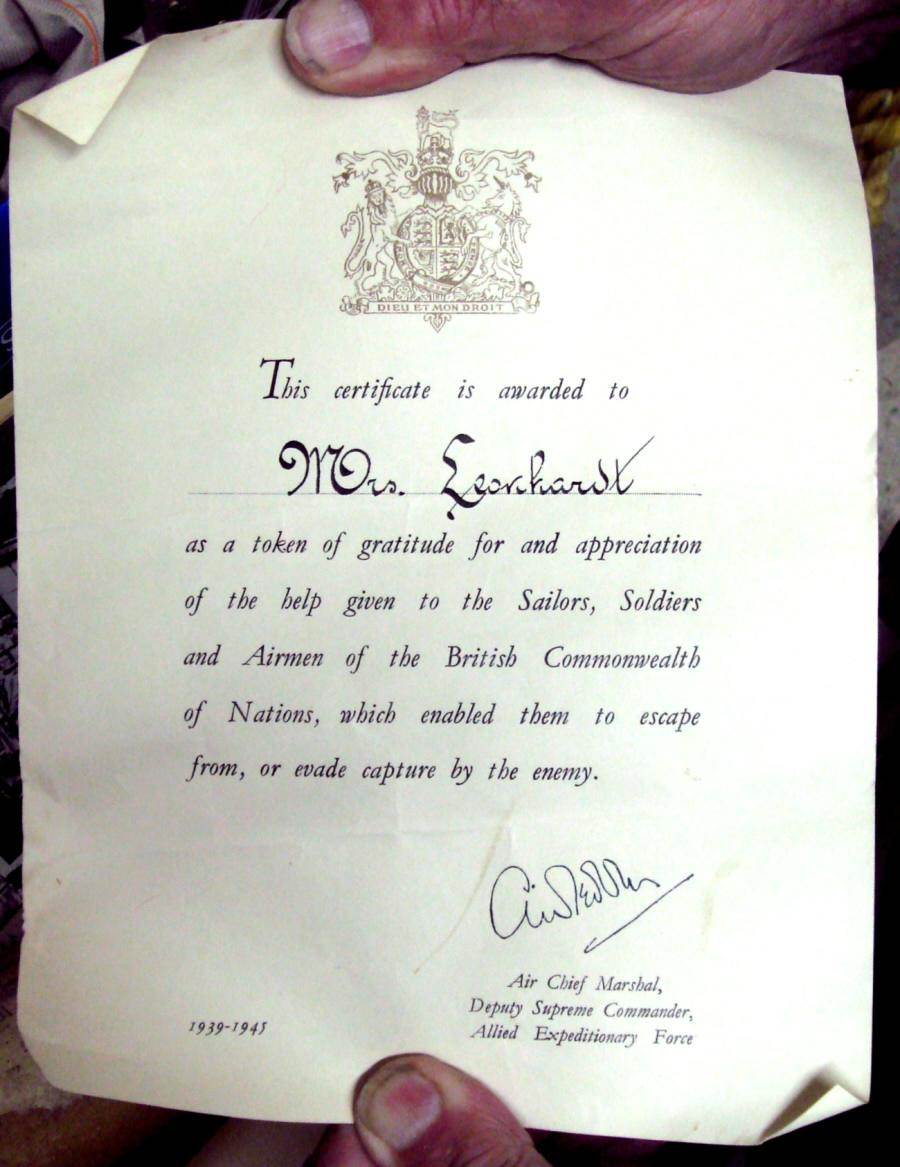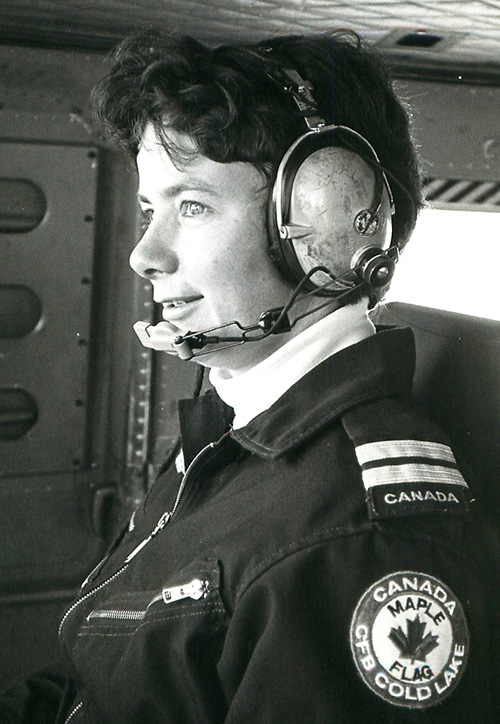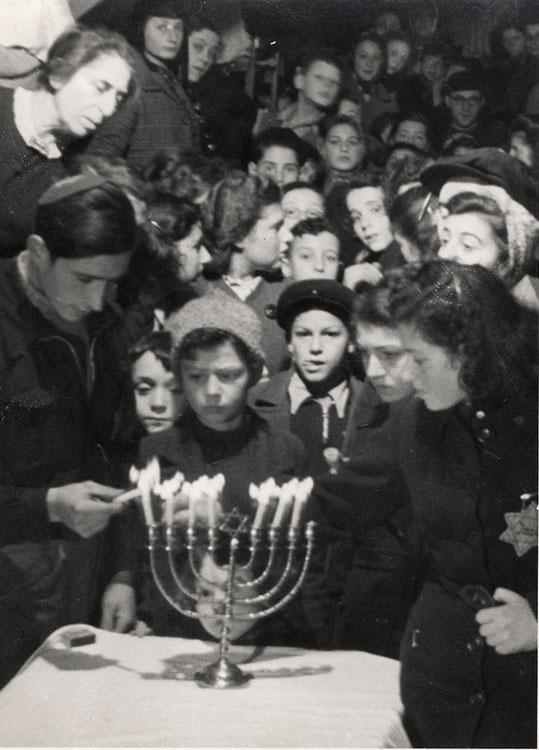
A Canadian far from home. A Nazi military tribunal hands down her sentence.
Death by firing squad.
What did she do?
Death by firing squad.
What did she do?
Mona Parsons was born in Nova Scotia.
She studied in Boston and taught in Arkansas.
She was in the Ziegfeld Follies on Broadway.
When she was working as a nurse in New York, she met millionaire businessman Willem Leonhardt.
In 1937, they move to the Netherlands and marry.
She studied in Boston and taught in Arkansas.
She was in the Ziegfeld Follies on Broadway.
When she was working as a nurse in New York, she met millionaire businessman Willem Leonhardt.
In 1937, they move to the Netherlands and marry.

When the Nazis invade Poland, Willem urges her to leave, knowing she’ll be in danger as a Canadian.
She could’ve went back to her family in Nova Scotia.
She could’ve been safe.
She could’ve just left.
But Mona Parsons chooses to fight from the inside.
She could’ve went back to her family in Nova Scotia.
She could’ve been safe.
She could’ve just left.
But Mona Parsons chooses to fight from the inside.

Mona stays on in Nazi-occupied Holland as part of the resistance.
Together with Willem, they provide shelter, food, civilian clothes, and money to downed Allied airmen.
They help them escape.
They save them.
Until the Nazis find out.
Together with Willem, they provide shelter, food, civilian clothes, and money to downed Allied airmen.
They help them escape.
They save them.
Until the Nazis find out.

The Nazis starve and interrogate her in this prison.
They threaten and bully her for information.
Mona Parsons offers only silence.
They threaten and bully her for information.
Mona Parsons offers only silence.

Three days before Christmas in 1941, Mona Parsons faces a Nazi military tribunal. Guilty of treason. Death by firing squad.
Seemingly unfazed, she bids them adieu.
“Good morning, gentlemen.”
Seemingly unfazed, she bids them adieu.
“Good morning, gentlemen.”
She appeals the death sentence and wins imprisonment in Nazi Germany.
"Prison was a hard, nasty, cold, hungry & demoralizing life...Tears have run down my cheeks for hunger… In all the years of imprisonment I slept always on a straw sack on the floor."
monaparsons.ca/wp/letter-to-h…
"Prison was a hard, nasty, cold, hungry & demoralizing life...Tears have run down my cheeks for hunger… In all the years of imprisonment I slept always on a straw sack on the floor."
monaparsons.ca/wp/letter-to-h…
In 1945, she is at a prison camp in Vechta when the Allies push across the Rhine River.
When the Allies bomb Vechta on March 24, the warden opens the gates and says they can choose between Allied bombs or German bullets.
Mona and Wendeline van Boetzelaer escape.
When the Allies bomb Vechta on March 24, the warden opens the gates and says they can choose between Allied bombs or German bullets.
Mona and Wendeline van Boetzelaer escape.
Still inside Nazi territory and frail from more than three years in prison, Mona, with her Nova Scotian accent, knows she won't pass as a local.
Leaning on her acting skills, she plays Wendy’s aunt with a cleft palate.
They know if they're caught, the Nazis will shoot them.
Leaning on her acting skills, she plays Wendy’s aunt with a cleft palate.
They know if they're caught, the Nazis will shoot them.
Mona and Wendy head towards Holland. They survive several close encounters and find shelter with locals along the way.
Three weeks and 80 miles later, amidst the ongoing battles, Mona sees Canadians.
Naturally, she knows them. And the North Nova Scotia Highlanders know her.
Three weeks and 80 miles later, amidst the ongoing battles, Mona sees Canadians.
Naturally, she knows them. And the North Nova Scotia Highlanders know her.
After a stay at the hospital in Nijmegen, Mona reunites with Willem until his death in 1956.
Shortly after learning that he left everything to his mistress and son, she returns to Nova Scotia.
She marries Major-General Harry Foster, the childhood friend who found her in Europe.
Shortly after learning that he left everything to his mistress and son, she returns to Nova Scotia.
She marries Major-General Harry Foster, the childhood friend who found her in Europe.

Mona Parsons dies in Wolfville, Nova Scotia, in 1976.
She could’ve leveraged her wealth and position to leave.
She didn’t have to risk everything.
She could’ve sought safety.
Her headstone shows no indication of her bravery, her sacrifice, her enormous life.
She could’ve leveraged her wealth and position to leave.
She didn’t have to risk everything.
She could’ve sought safety.
Her headstone shows no indication of her bravery, her sacrifice, her enormous life.

“…the gratitude and appreciation of the American people for gallant service in assisting the escape of Allied soldiers from the enemy.”
Dwight D. Eisenhower
General of the Army
Commanding General United States Forces European Theatre
Dwight D. Eisenhower
General of the Army
Commanding General United States Forces European Theatre

“gratitude for and appreciation of the help given to the Sailors, Soldiers and Airmen of the British Commonwealth of Nations, which enabled them to escape from, or evade capture by the enemy.”
Arthur W. Tedder
Air Chief Marshal
Deputy Supreme Commander
Allied Expeditionary Force
Arthur W. Tedder
Air Chief Marshal
Deputy Supreme Commander
Allied Expeditionary Force

Watch the full @HistoricaCanada video: bit.ly/3r5p9d1
Read Andria Hill-Lehr’s book: bit.ly/3lBpFOU
Please remember Mona Parsons.
Read Andria Hill-Lehr’s book: bit.ly/3lBpFOU
Please remember Mona Parsons.

So. If too many of us click the link all at once looking to buy the book, the website stops working, folks.
Here’s what you’re looking for at the library or local bookstore:
Mona Parsons, From Privilege to Prison, From Nova Scotia to Nazi Europe, by Andria Hill-Lehr
Here’s what you’re looking for at the library or local bookstore:
Mona Parsons, From Privilege to Prison, From Nova Scotia to Nazi Europe, by Andria Hill-Lehr

• • •
Missing some Tweet in this thread? You can try to
force a refresh










